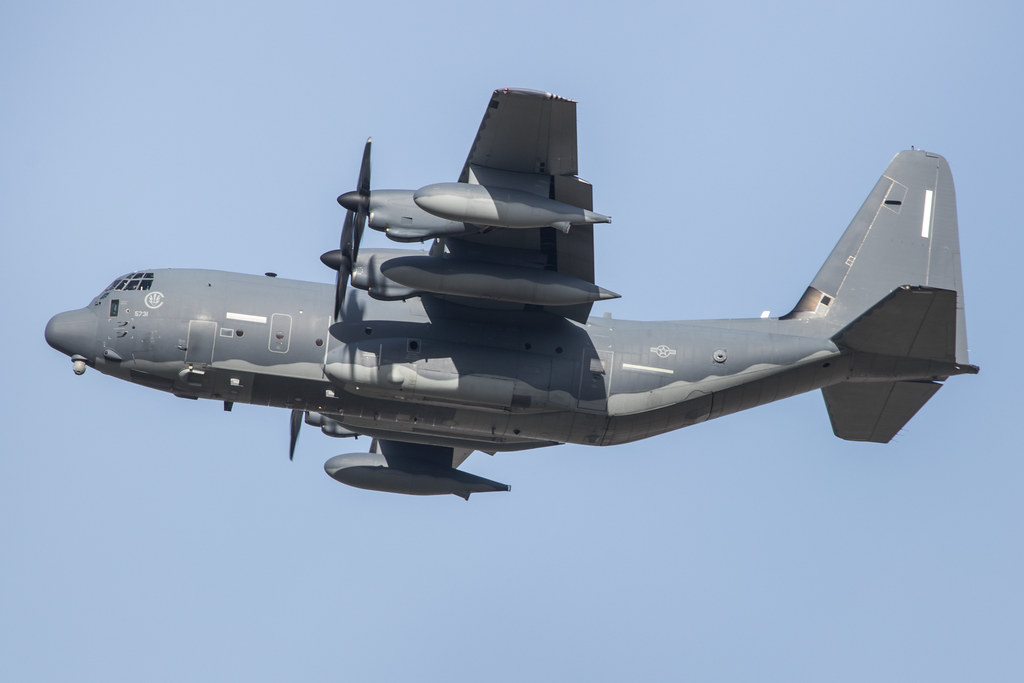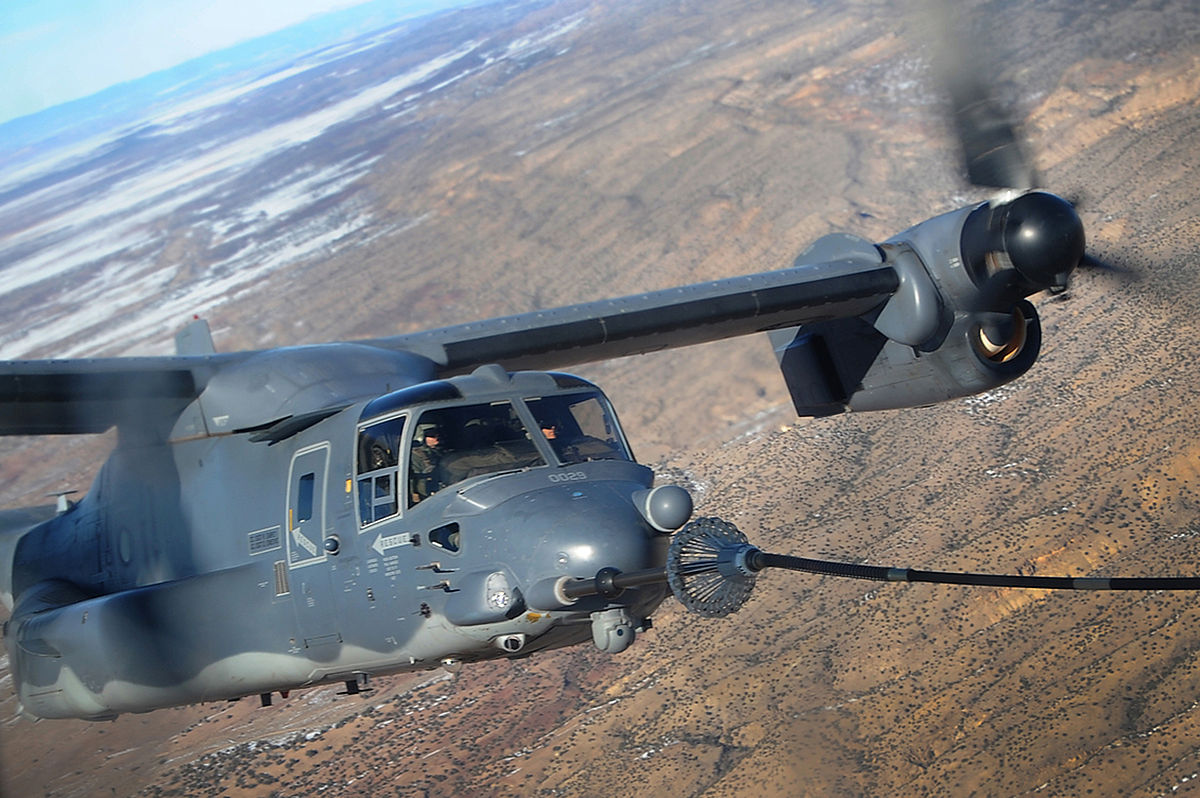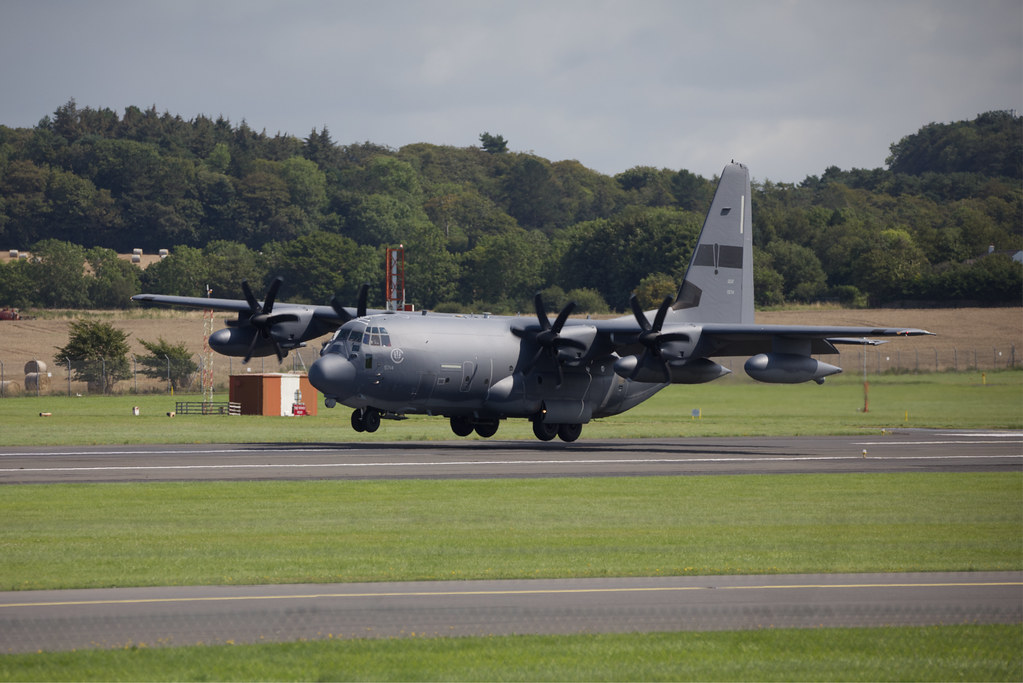
Amid tight budgets and shifting priorities, a groundbreaking project that sought to transform the MC-130J Commando II into an amphibious aircraft capable of water landings has been put on hold.

The initiative, a focus of the U.S. Special Operations Command (SOCOM), has faced a pause despite substantial progress in feasibility studies and technology evaluations, demonstrating the challenges of innovating military capabilities in an era of fiscal restraint.

The pause was announced at the SOF Week Conference in Tampa, where Col. T. Justin Bronder, SOCOM’s program executive officer for fixed-wing programs, outlined the extensive research and testing that had gone into the project.

The technical deep dive encompassed hydrostatic and wind tunnel testing, creating a data-driven model to understand the operational requirements of equipping the MC-130J for water landings.

However, budget projections and cost-effectiveness considerations have led officials to reconsider the timing for implementing this amphibious capability.

“But looking at kind of the budget projections and some of the actual cost effectiveness of that particular kind of integration effort,” officials are now “kind of hitting a pause,” Col. Bronder explained.

Despite the setback, he emphasized that the capability remains within reach, “it certainly is a capability we could field if called upon.”

This initiative has been closely watched for years, with the concept’s first graphical renders unveiled in 2021, showing the aircraft fitted with massive pontoons for water-based operations.

The ambition was to offer SOCOM and the Joint Force unparalleled flexibility in mobility and tactical options, especially in the Pacific where traditional runways are less accessible, and to counter potential adversaries like China. The AFSOC’s Public Affairs reflected on this as an “important initiative,” yet one that must overcome fiscal challenges to reach operational capability.

While the amphibious C-130 project remains in limbo, SOCOM is not standing still. It is working with the Defense Advanced Research Projects Agency (DARPA) on the High-Speed Vertical Takeoff and Landing (HSVTOL) initiative, aiming to field a platform that can achieve speeds over 400 knots.

As Col. Bronder stated, “We’re kind of pathfinding around a SOF [special operations forces] use case, because we think it’s very relevant to where the Air Force needs to go with congested logistics.” The collaboration with DARPA looks forward to a prototype flight test later this decade, indicating a proactive approach to future aviation capabilities.

It is noteworthy that the amphibious C-130 is not a novel idea; previous explorations into such a platform have occurred. But, as geopolitical and fiscal landscapes change, the balance between pursuing cutting-edge military innovation and managing limited resources continues to be a delicate dance for the Department of Defense.

While SOCOM’s amphibious aircraft may not be soaring over water just yet, the pursuit of such pioneering technology reflects an ongoing commitment to maintaining the U.S. military’s tactical edge in a complex and unpredictable global stage.

As military tech and politics enthusiasts keenly await developments, the narrative of this project serves as a case study in the interplay between ambition, practicality, and fiscal reality in the realm of defense innovations.

The future of the amphibious MC-130J, as with many defense projects, may hinge on shifting priorities and the ever-present demand for budgetary justification. The story of the MC-130J amphibious project may be paused, but it is far from over.
Relevant articles:
– SOCOM tables amphibious MC, Breaking Defense
– USSOCOM’s AFSOC Updates on the MC, Naval News
– NRO should concentrate on bigger, badder ‘tripwire’ ISR birds, new report urges, Breaking Defense
– C-130 Floatplane Program Put ‘On Pause’ By Special Operations Command, The War Zone
